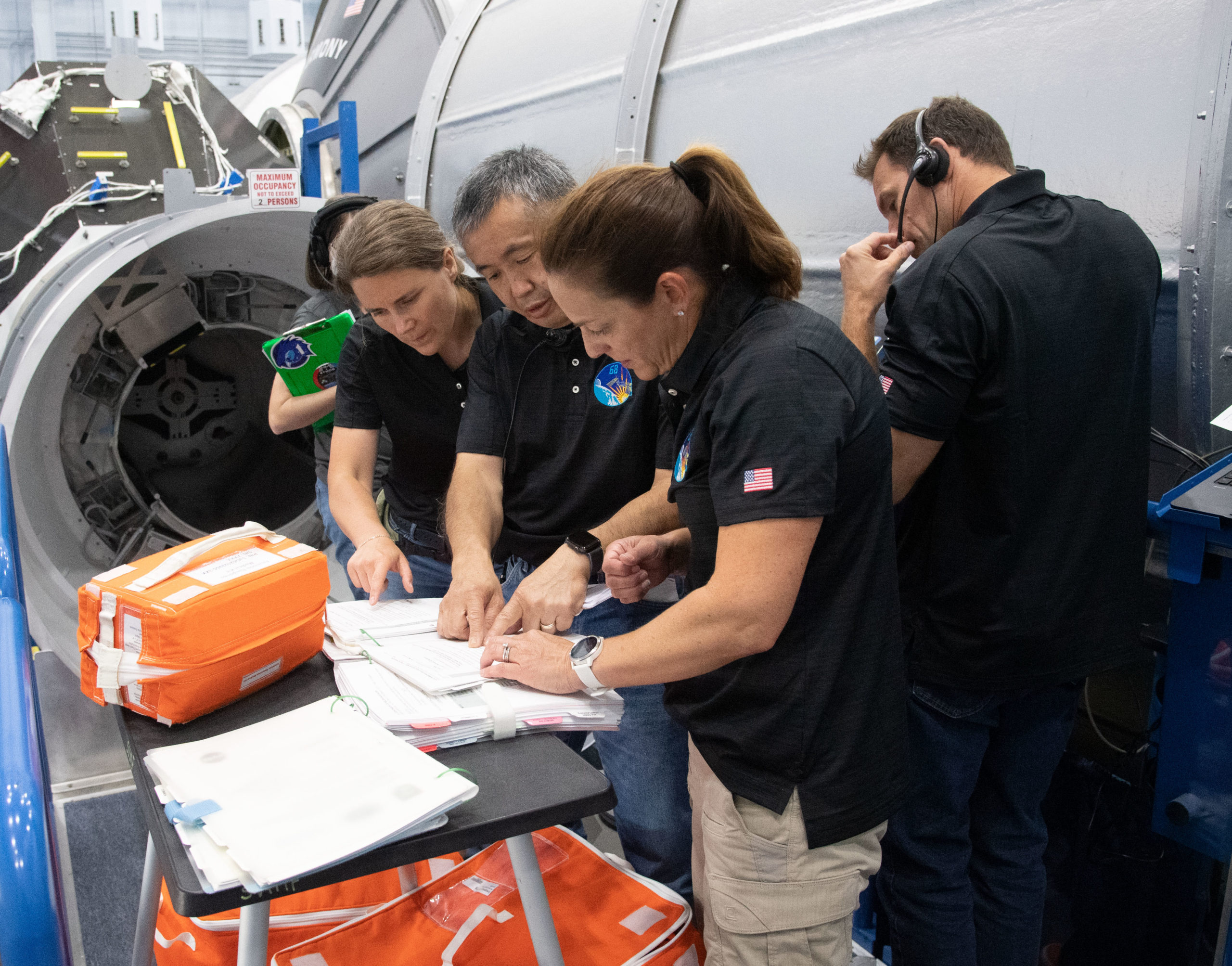
Four space explorers from three nations are primed to launch to the International Space Station (ISS) next week. NASA astronauts Nicole Mann and Josh Cassada, seasoned Japanese spacefarer Koichi Wakata and Anna Kikina—the first Russian cosmonaut since November 2002 to ride a U.S. crewed vehicle—will ride the once-before-flown Dragon Endurance from KSC’s historic Pad 39A no earlier than 12:46 p.m. EDT on Monday, 3 October, bound for a 145-day stay on the sprawling orbital complex.
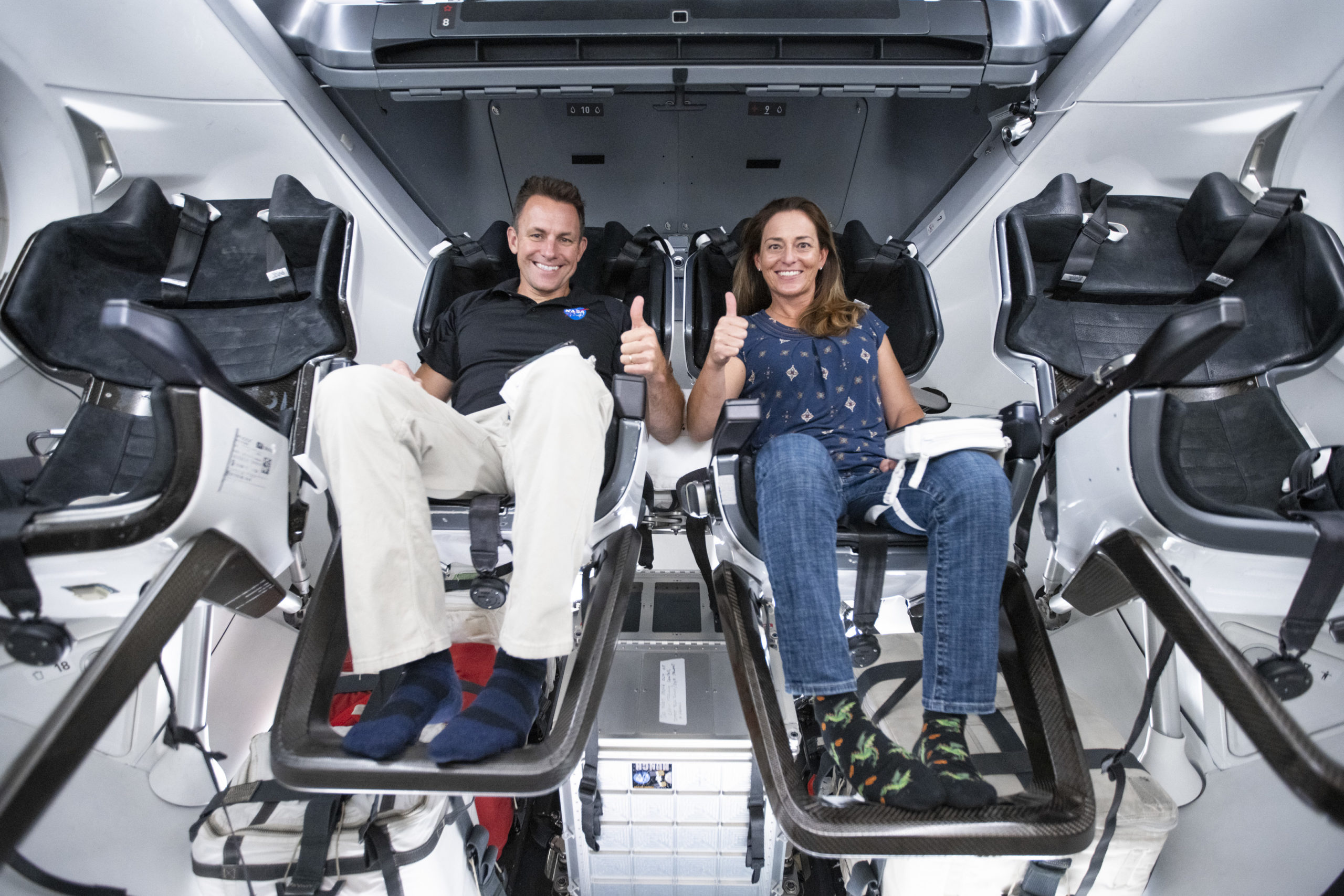
As previously outlined by AmericaSpace, the Crew-5 quartet has been training for this mission on several fronts for more than a year. Mann and Cassada, both selected as Astronaut Candidates (ASCANs) by NASA in June 2013, were assigned as Commander and Pilot of the mission last October.
Both had trained for Boeing’s CST-100 Starliner; Mann as Pilot of the Crew Flight Test (CFT), Cassada as Pilot of Starliner-1, the vehicle’s first Post-Certification Mission (PCM). But due to the lengthy delays which impacted that program, it was decided to shift them over to SpaceX’s Crew Dragon to gain an earlier flight opportunity.
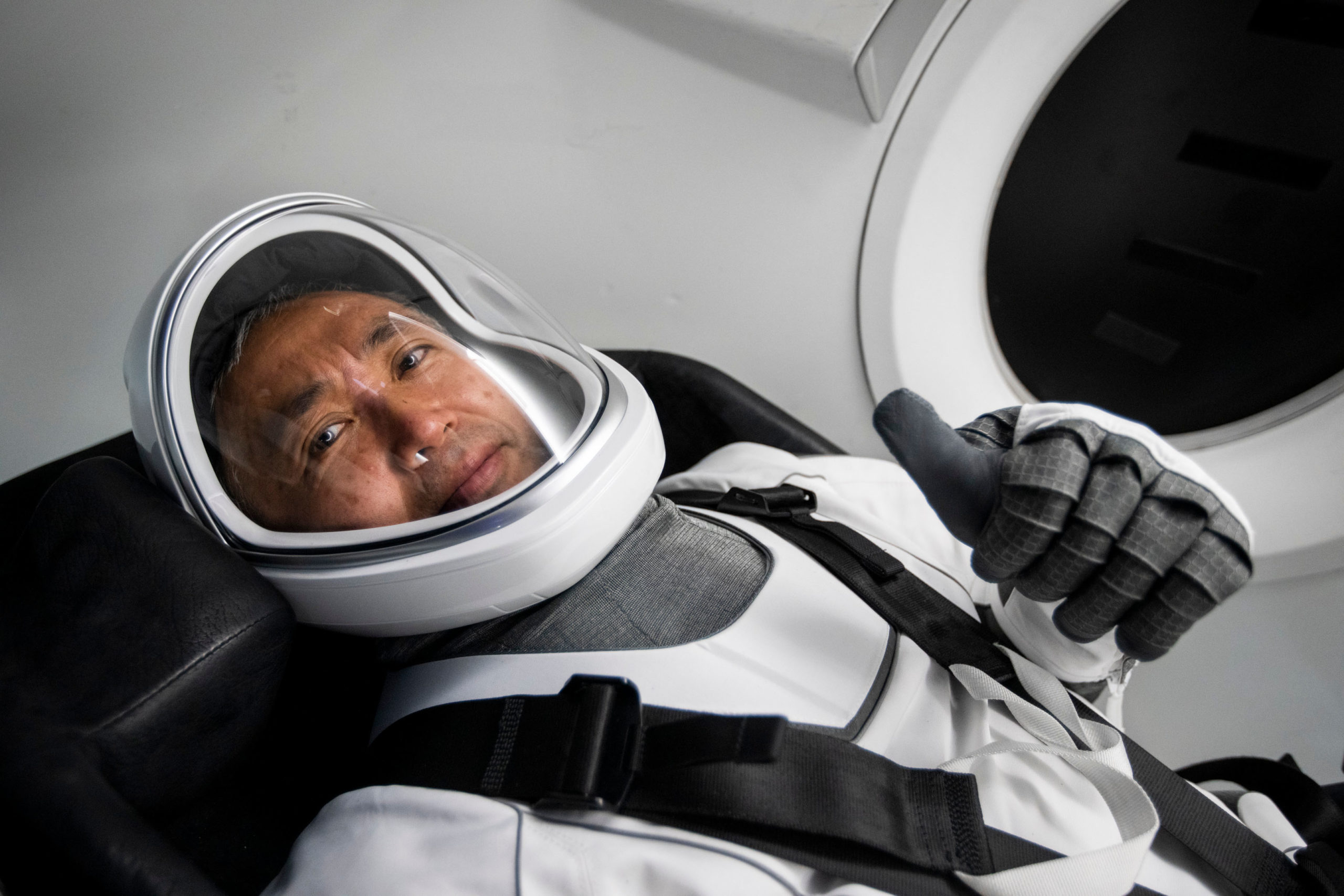
Concurrently, Wakata had been assigned to the mission by the Japan Aerospace Exploration Agency (JAXA). With four prior spaceflights to his credit across a three-decade astronaut career—beginning with Endeavour’s STS-72 mission in January 1996 and also including the 100th Space Shuttle flight and the first Japanese ISS command on Expedition 39—Wakata has accrued more than 347 days in orbit.
At a recent media event, Cassada joked that Wakata is still having his mail delivered to low-Earth orbit. He is currently Japan’s most experienced astronaut and with his upcoming increment will see him become the first of his countrymen to log more than a year of cumulative time in space.
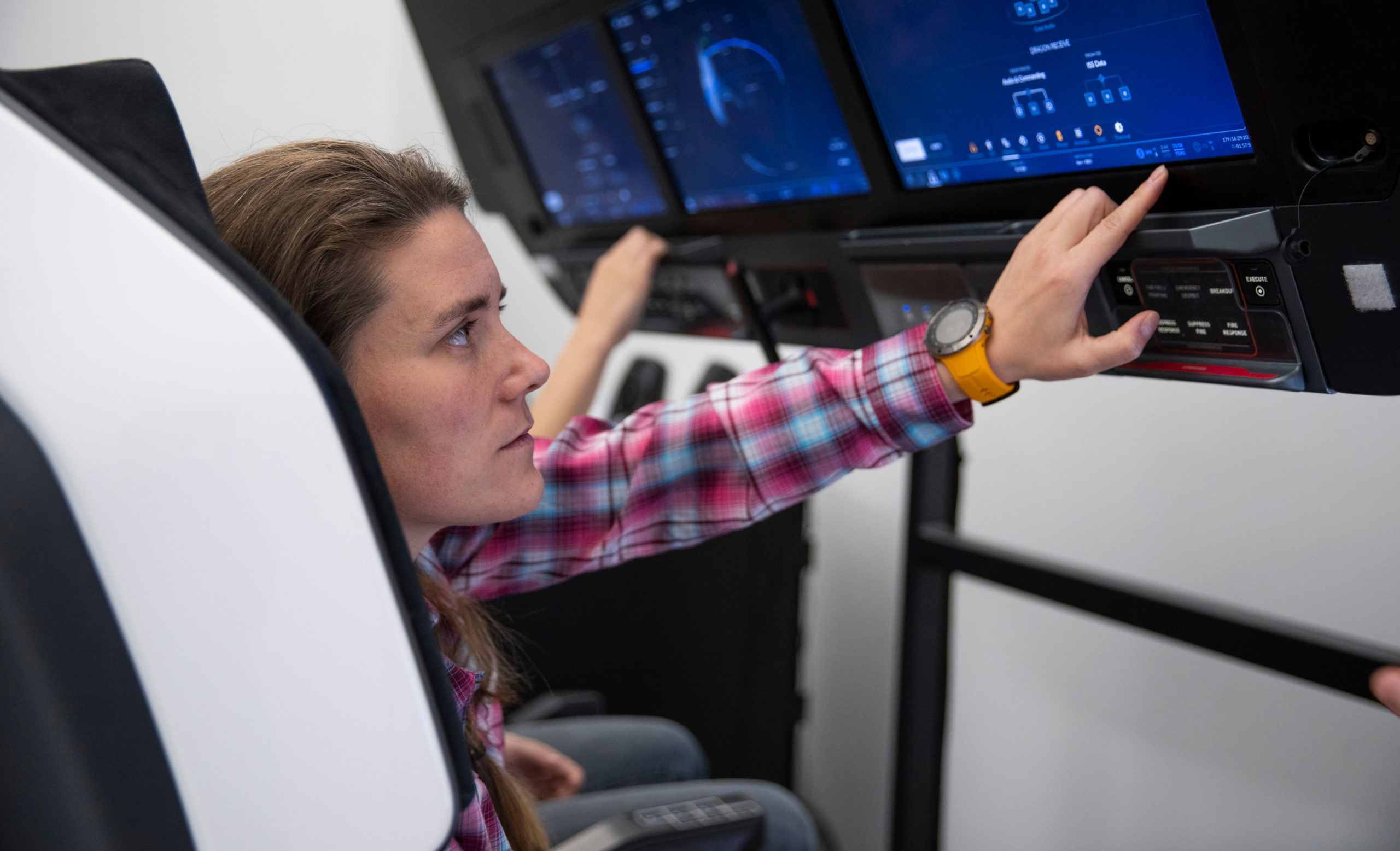
Rounding out this multi-national crew, Kikina becomes only the fifth Russian woman to venture into space, after pioneer Valentina Tereshkova, the first female spacewalker Svetlana Savitskaya, shuttle veteran Yelena Kondakova and ISS resident Yelena Serova. As long ago as 2021, Kikina was widely expected to join Crew-5 as part of an integrated crew agreement, whereby one Russian cosmonaut would fly aboard each Crew Dragon and one U.S. astronaut would reciprocate aboard each Russian Soyuz.
However, President Vladimir Putin’s invasion of Ukraine last February, and the subsequent to-and-fro of sanctions between East and West—together with some particularly bellicose rhetoric from the head of Roscosmos, Dmitri Rogozin—cast doubt upon whether the agreement would be signed. But in mid-July, following Rogozin’s dismissal and replacement by former Russian deputy prime minister Yuri Borisov, Roscosmos and NASA finally laid down their signatures, with the agreement taking effect this fall.
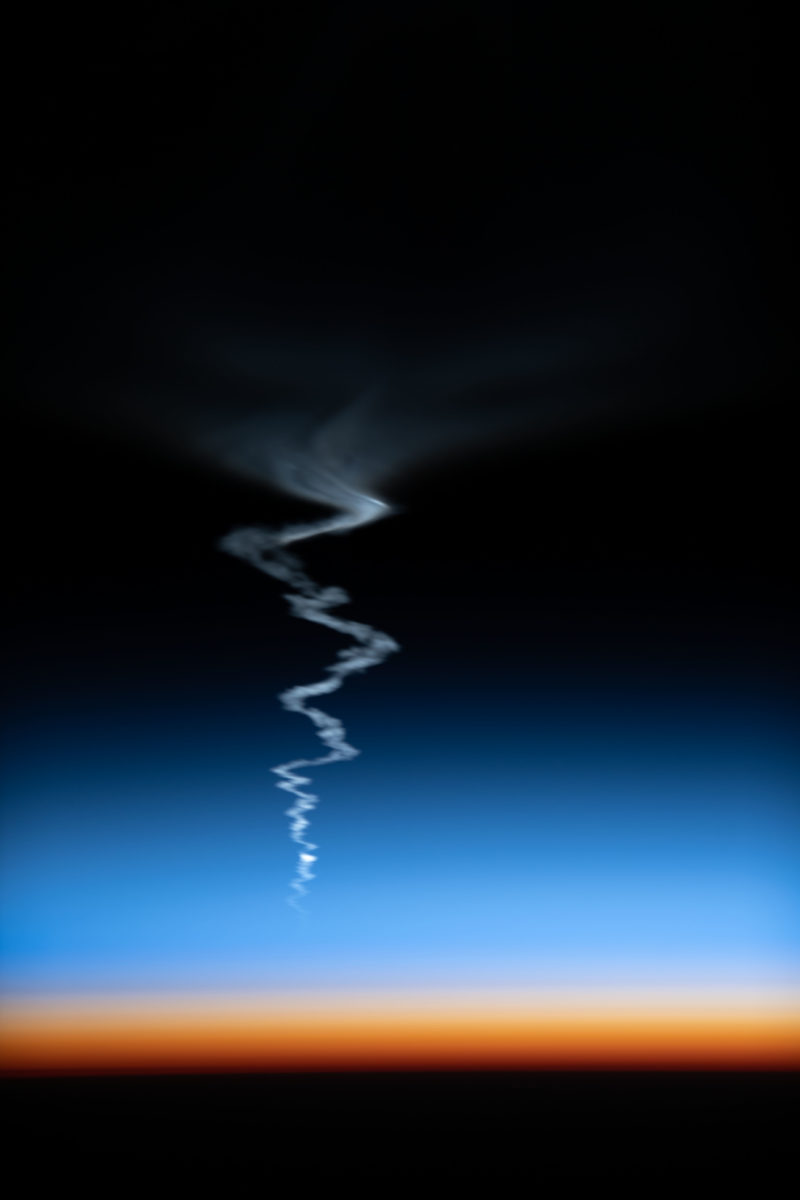
Last week, NASA astronaut Frank Rubio joined Russian cosmonauts Sergei Prokopyev and Dmitri Petelin in launching to the ISS aboard Soyuz MS-22, with Kikina set to follow suit by accompanying Mann, Cassada and Wakata aboard Crew-5 next Monday afternoon. The four spacefarers will voyage to and from the station aboard Dragon Endurance, making her second trip into space, after having previously supported astronauts Raja Chari, Tom Marshburn, Matthias Maurer and Kayla Barron during their 177-day Crew-3 mission, which ended earlier this year.
Following her return from Crew-3, Dragon Endurance underwent a protracted period of modification and refurbishment, which included the installation of a new heat shield, parachutes and pod panels. On Crew-5, she will also become the first Crew Dragon to feature four previously flown forward bulkhead Draco thrusters.
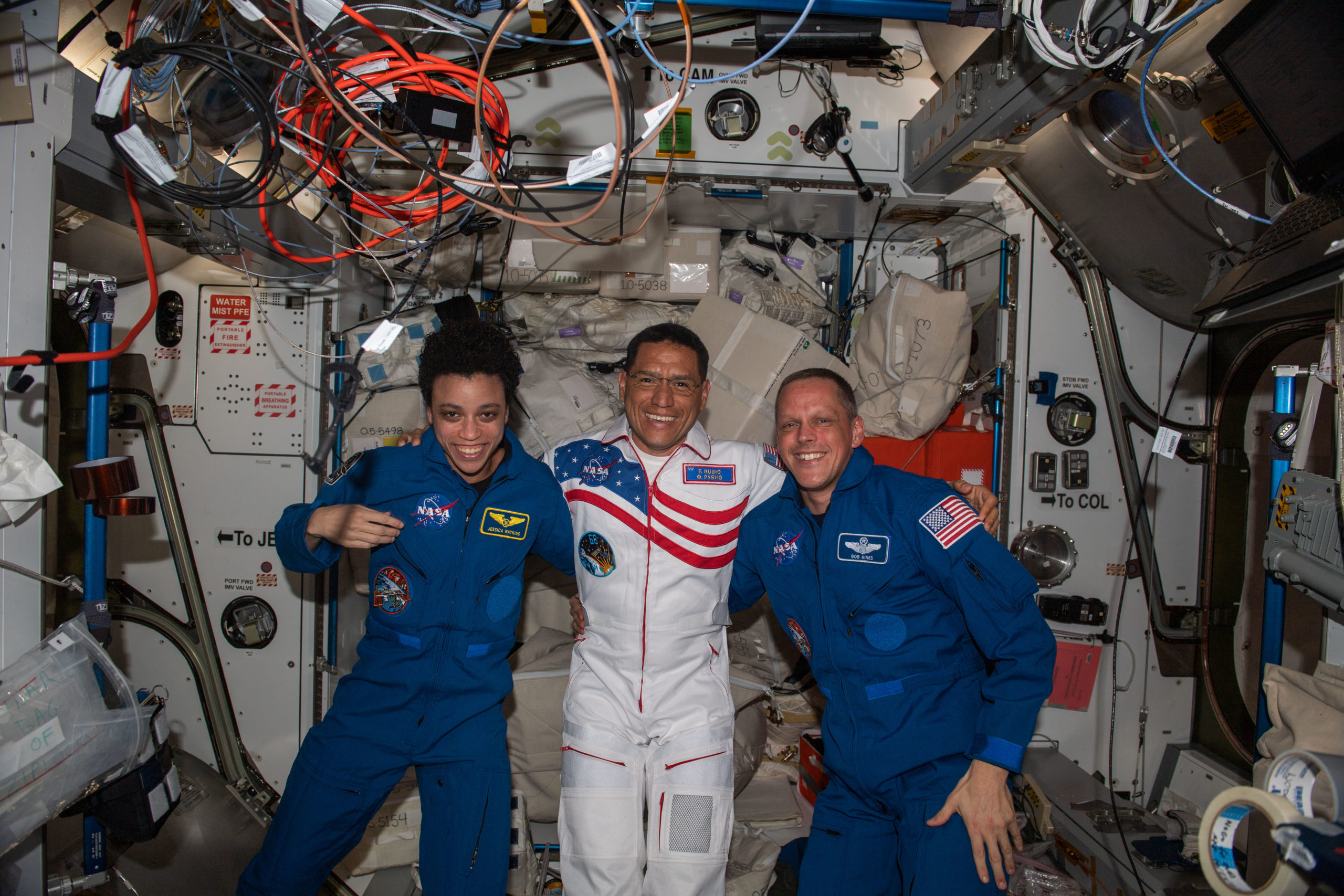
Heading into the second six-month flight of her career, when Endurance returns to Earth next spring she will establish herself as the most flight-seasoned Crew Dragon, with about a cumulative year in orbit. The current record-holder with 280 days across three missions is her sister, Dragon Endeavour.
To date, she has logged 64 days in space in May-August 2020—during which she ferried Demo-2 astronauts Doug Hurley and Bob Behnken to and from the ISS—and last year’s 199-day Crew-2 increment. More recently, Endeavour supported the first all-private mission to the station, AxiomSpace, Inc.’s 17-day Ax-1, earlier this spring.
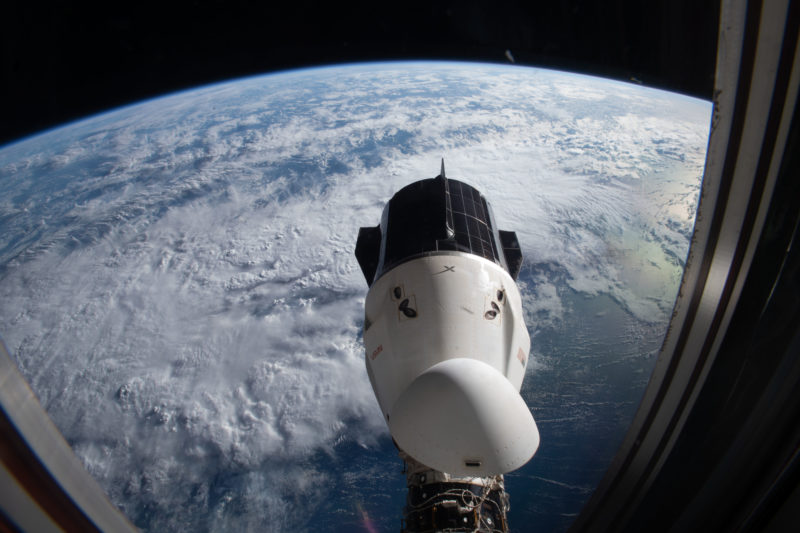
Processing of Endurance for her second flight has proceeded with relative smoothness. However, earlier this summer the brand-new Falcon 9 booster assigned to this mission sustained damage to its inter-stage, when it hit a bridge during transit by road from SpaceX’s production factory in Hawthorne, Calif., to the rocket development facility in McGregor, Texas.
After extensive load, shock and structural analyses, involving NASA and SpaceX personnel, it was decided to replace the inter-stage component. Designated “B1077”, this will be the third “new” booster to be brought online by SpaceX in 2022.
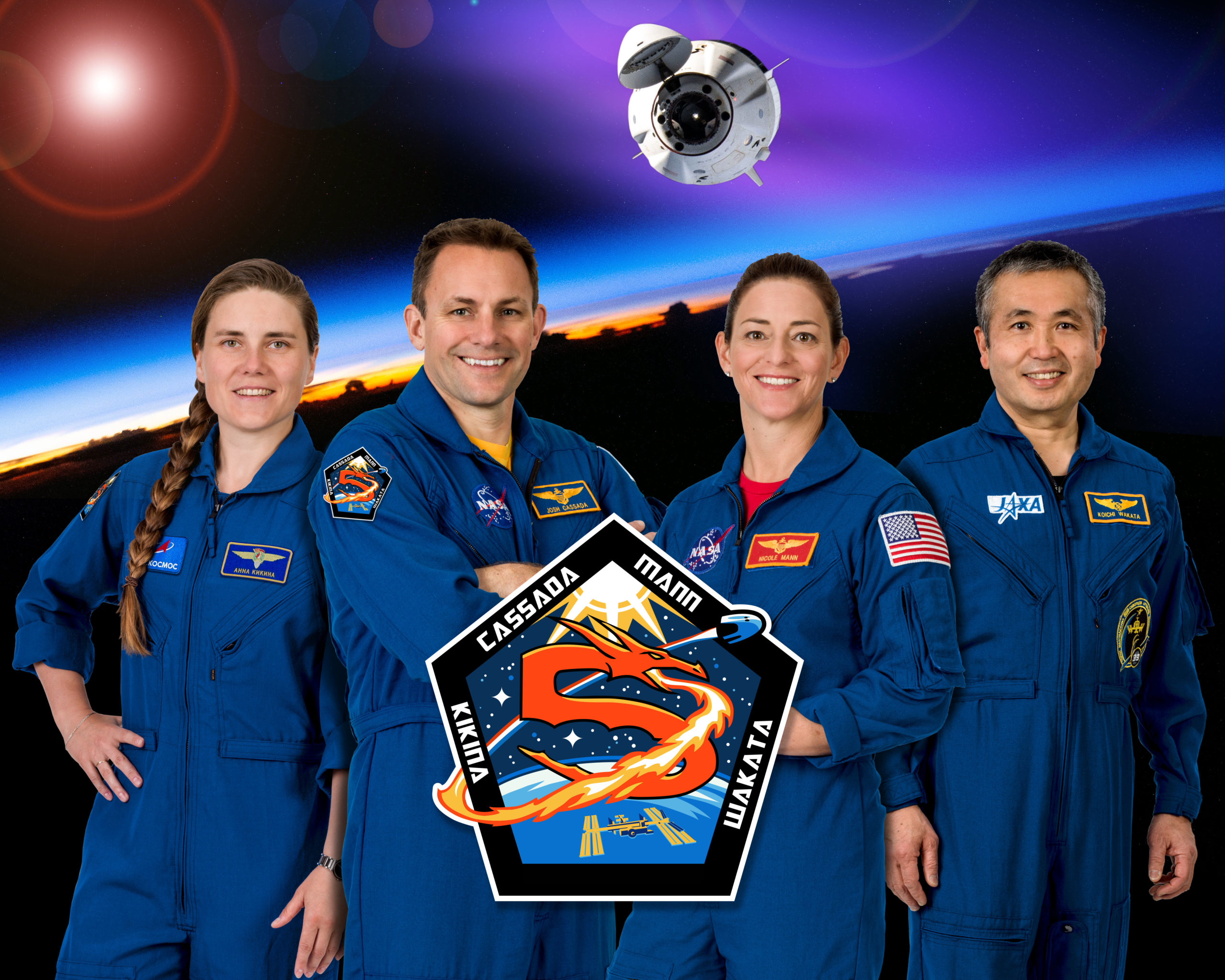
On 19 September, the Crew-5 quartet began their two-week pre-launch period of quarantine, the final part of which would be spent at KSC. However, due to the threat posed by Hurricane Ian—which began life last week as a tropical wave, before strengthening firstly into a tropical storm last weekend and becoming a Category 1 hurricane on Monday, 26 September—it was decided to postpone the arrival of the astronauts by a few days. In any case, the crew will need to be at the Cape at the latest some four days prior to launch.
Last night, senior NASA and SpaceX managers reported a successful Flight Readiness Review (FRR), confirming that Endurance and B1077 had been mated, ahead of rollout to Pad 39A. Commercial Crew Program Manager Steve Stich outlined a couple of minor issues, including a weld on a Composite Overwrapped Pressure Vessel (COPV), which will be packaged and closed out on Tuesday.
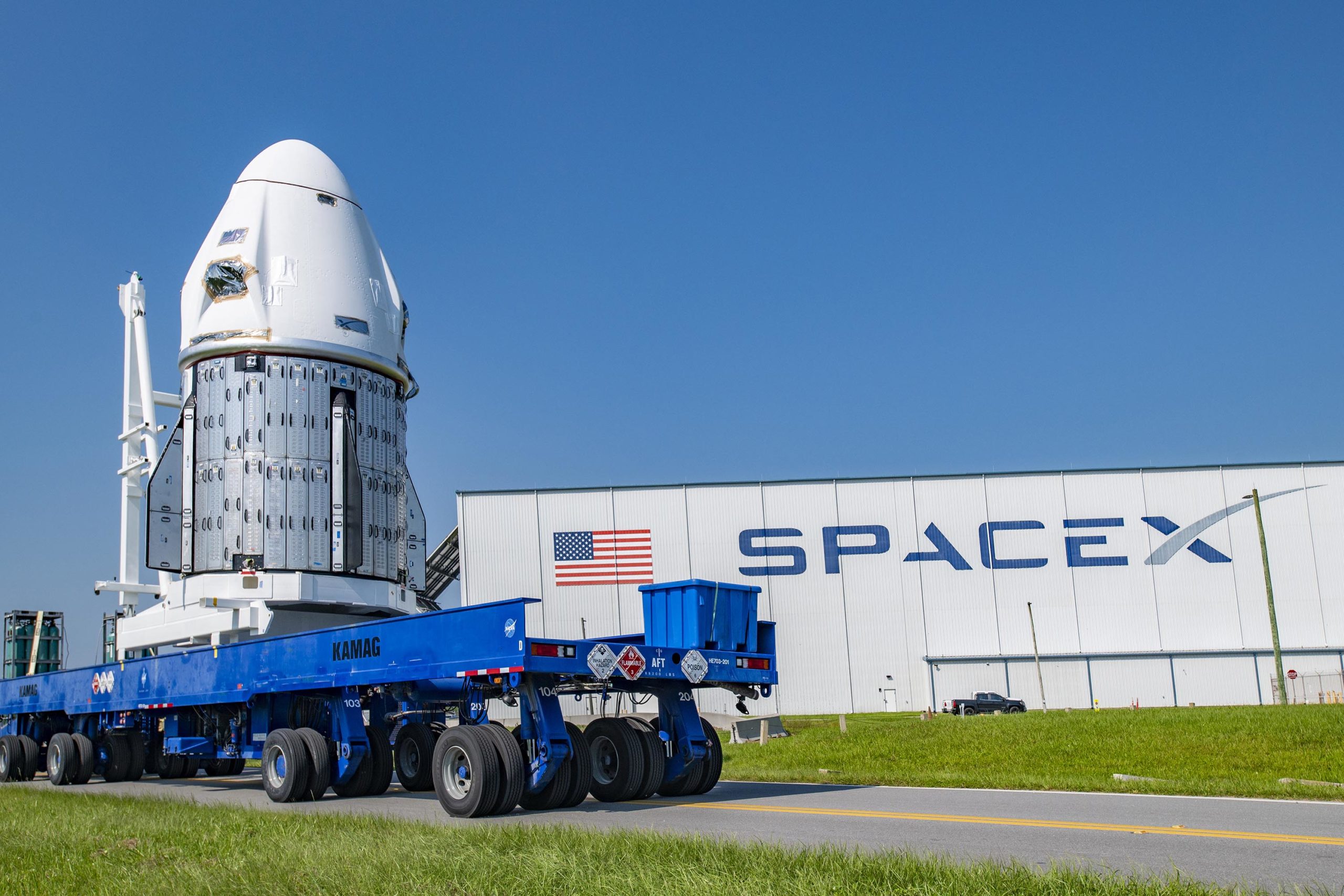
According to Mr. Stich, launch remains targeted for 12:46 p.m. EDT Monday, 3 October, with a pair of backup opportunities on 4 and 5 October. Trajectory requirements are unsuitable for a launch attempt on 6 October, with additional opportunities opening on 7-9 October.
An on-time docking of Endurance at the forward-facing port of the station’s Harmony node will kick off a joint period of operations with the Expedition 68 crew, before the Crew-4 quartet—NASA astronauts Kjell Lindgren, Bob “Farmer” Hines and Jessica Watkins, together with Italy’s Samantha Cristoforetti—depart aboard their Dragon Freedom ship about five days later. With their departure, Cristoforetti will hand off her Expedition 68a command to Russia’s Sergei Prokopyev, who will lead Expedition 68b through next spring.
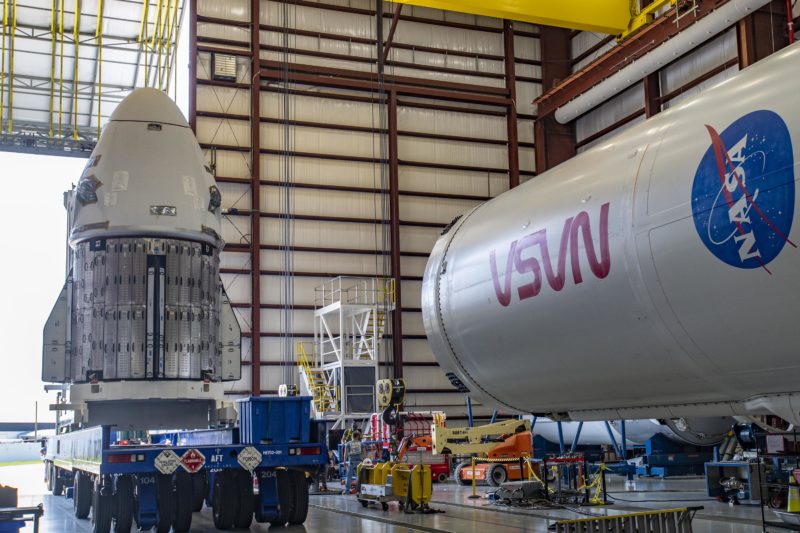
Current plans call for Mann, Cassada, Wakata and Kikina to remain on-orbit for about 145 days. Assuming an on-time launch on 3 October, that will bring their return to Earth into the late February or early March 2023 timeframe. During their stay, they may support up to four sessions of Extravehicular Activity (EVA)—devoted to ISS Roll-Out Solar Array (iROSA) operations—and welcome Northrop Grumman Corp.’s NG-18 and NG-19 Cygnus cargo vehicles, SpaceX’s CRS-26 and CRS-27 cargo vehicles and perhaps the Crew Flight Test (CFT) of Boeing’s CST-100 Starliner with NASA astronauts Barry “Butch” Wilmore and Suni Williams.




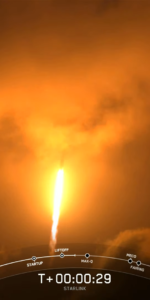
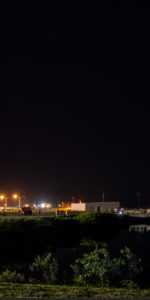
2 Comments
2 Pings & Trackbacks
Pingback:Artemis I Stack Back in VAB, as Launch Dates Shift in Response to Hurricane Ian - AmericaSpace
Pingback:Crew-5 Splashes Down, Wraps Up Five-Month ISS Mission - AmericaSpace